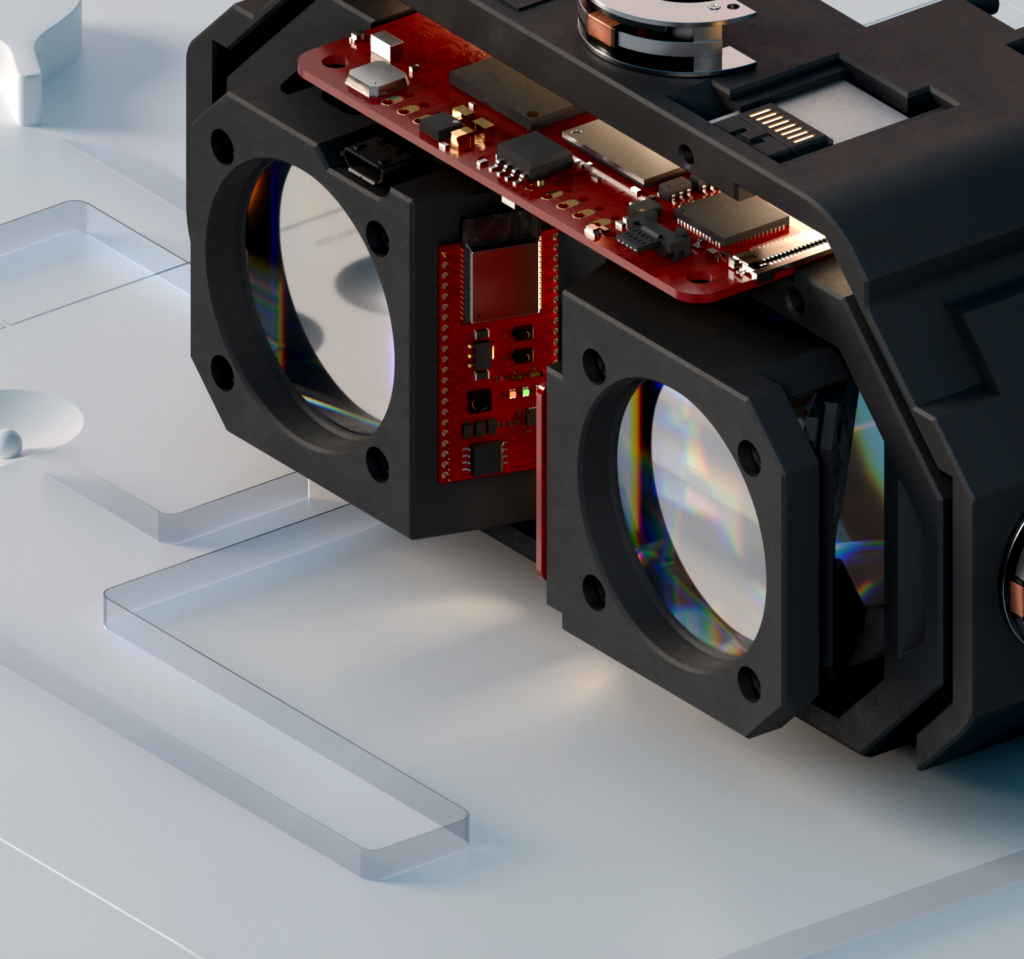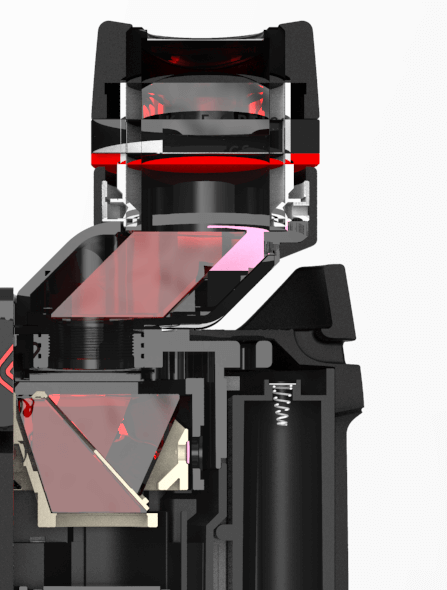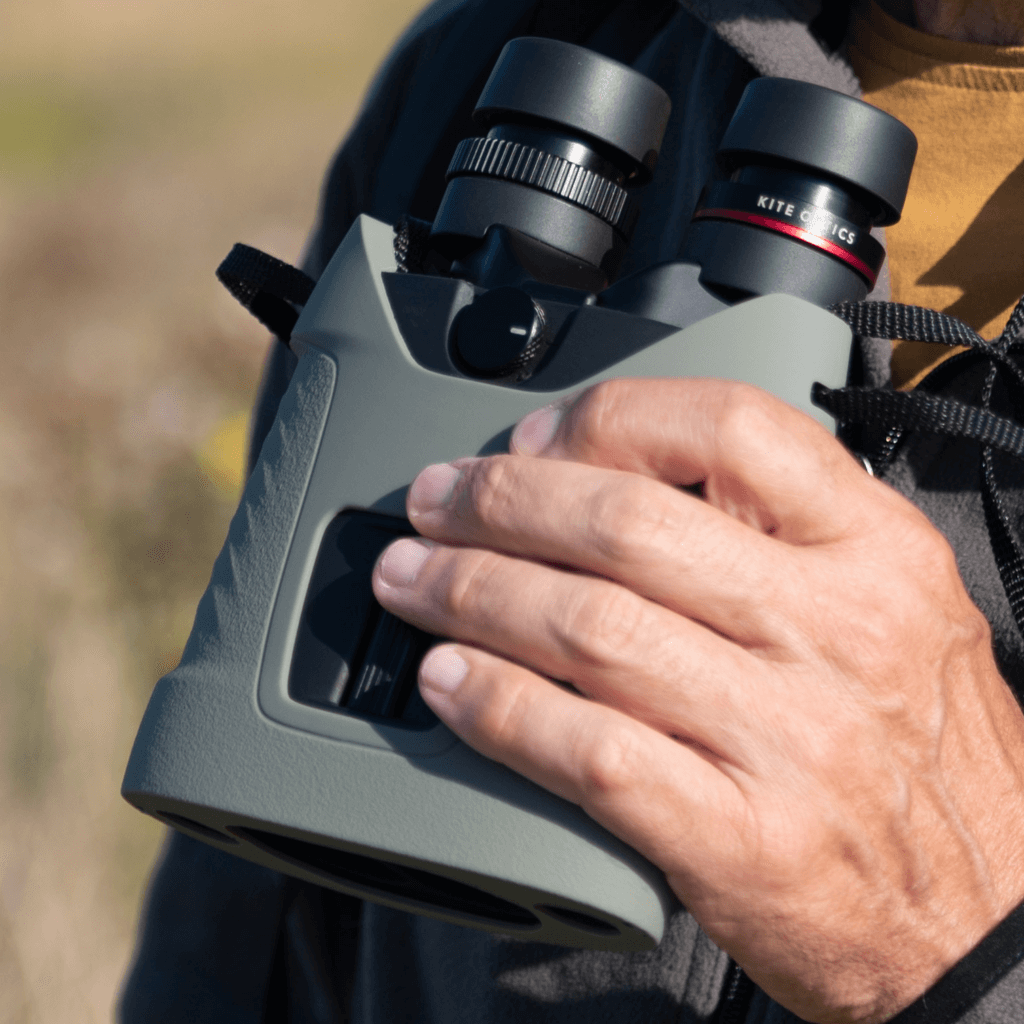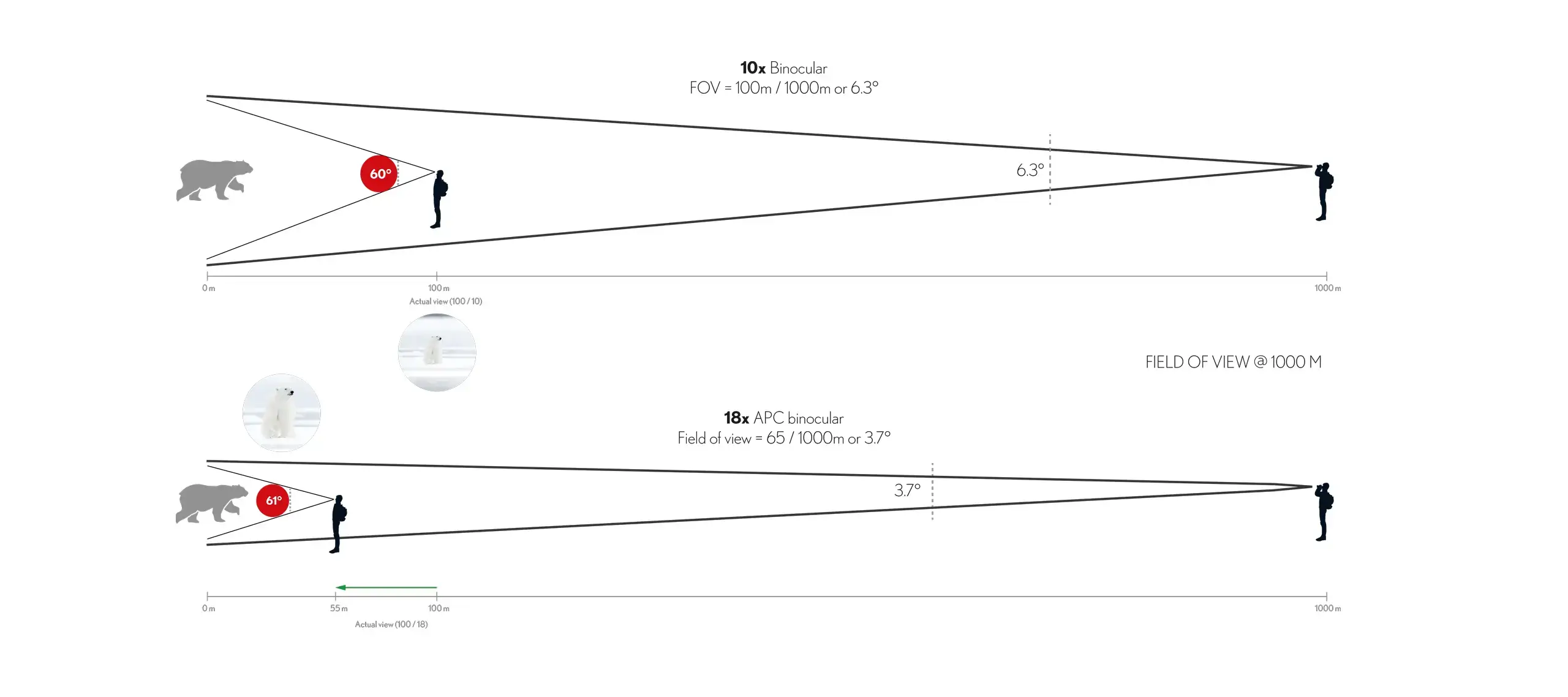stabilisation unveils the unseen
A REVOLUTION IN BINOCULARS
Thanks to the new technological breakthrough of KDGS (Kite Dynamic Gimbal System) and KT software, we can now manufacture image-stabilized binoculars that offer the same level of comfort as traditional roof prism binoculars. There are no more drawbacks, only advantages. These advantages are so significant that we must conclude that the familiar parameters and standards in binoculars no longer apply to these new instruments. At any given moment, the stabilization enables you to observe more detail, utilize higher magnifications, and enjoy increased brightness, which are the fundamental requirements of a device designed to facilitate long-distance observation.
ELIMINATE IMAGE SHAKE
The image in a regular binocular is constantly in motion, subject to the user’s movements, weather conditions, and the situation. Consequently, a significant portion of the details in the image often goes unnoticed. After decades of using binoculars, this has become normal. However, it’s evident that the human eye can extract an incredible amount more detail from a stable image. Whether you’re birdwatching, wildlife observing, detecting targets, or conducting security monitoring of an area, a KITE OPTICS image-stabilized binocular will always provide you with a distinct advantage in discovery, observation, and identification compared to a regular binocular.

HIGHER BRIGHTNESS PERCEPTION
by eliminating motion-induced blurriness, an image stabilized binocular allows for better low-light performance and is most suitable for dark conditions. We mustn’t compare the objective diameter and light transmission values of a stabilized binocular to those of a regular binocular. The reason lies in the fact that the human brain perceives a perfectly stable image and light path as being clearer than a moving or vibrating one. Although it’s scientifically difficult to measure, in our tests, we have found that stabilized 42mm binoculars are perceived as brighter than non-stabilized 50mm binoculars of equal lens quality by our test subjects. at KITE OPTICS we call this the ‘Extra Brightness Perception by Stability’. This is one of the reasons why stabilized binoculars are frequently used for astronomical observation.
HIGH MAGNIFICATIONS
In regular binoculars, we are typically limited to a maximum magnification of 10x. This is the threshold at which we can still observe by hand with a modest loss of image quality due to vibration. For half of the population, this limit falls even lower, at 8x. In industrial applications such as marine navigation, where stability is even scarcer, the recommended magnification of a regular binocular drops to 7x. Yet, it’s precisely in these scenarios where long-distance object observation is vital. This presents a challenge as it necessitates low magnifications. However, with image-stabilized binoculars, the magnification is nearly limitless. Magnifications of 18x or higher are perfectly usable under all conditions. More magnification means more detail, resulting in an entirely new dimension of observation.

ACCURACY
The KDGS (Kite Dynamic Gimbal System) and KT software provide a viewing experience that is perfectly natural. The compact roof prism is finely tuned and controlled to extreme precision to ensure there’s never any delay, wobbling, or discomforting motion in the image. The image is razor-sharp, especially in the top-tier models equipped with Extra-low Dispersion (ED) glass, offering users the level of definition and resolution known in modern high-end binoculars.


BETTER DURABILITY
The KDGS (Kite Dynamic Gimbal System) securely encases the roof prisms in both optical channels in a permanent and inseparable manner. In regular binoculars, nearly half of all defects can be attributed to a prism that has fallen out of collimation with the prism in the other optical tube. With APC image-stabilized binoculars, thanks to the KDGS, collimation issues are virtually non-existent. This leads us to the conclusion that APC image-stabilized binoculars require at least half the maintenance and are significantly less prone to damage compared to regular binoculars.
EXTENDED USABILITY
Users can comfortably observe objects for longer periods without experiencing the fatigue or strain that results from trying to hold traditional binoculars steady. There is no need to lean against objects or trees, lie on the ground, or seek shelter from the wind. An elevated heart rate after a hike will not hinder your viewing experience.
VERSATILITY AND ADAPTABILITY
Image-stabilized binoculars can accommodate higher magnifications, allowing you to see distant objects with more detail. But they’re also excellent for capturing still images or video through a smartphone, using a KITE OPTICS smartphone adapter. Stabiliszed image binoculars can be used by people with varying levels of experience. Beginners can enjoy a stable image, while experts can take advantage of the higher magnification.

COMFORT
Each device is meticulously designed for optimal ergonomics and grip. Some models can also be optionally equipped with a silicone protective cover, which significantly contributes to device protection against shocks and impacts, while further enhancing handling.

Apparent field of view
Many of the KITE APC stabilized binocular models are wide angle optical systems per ISO standard. By checking their technical data, some quikcly conclude that the field of view in APC stabilized binoculars is on the smaller side. However, nothing could be further from the truth. Just as with brightness values, field width values should not be directly compared to those of regular binoculars. It’s important to remember that the magnification in stabilized binoculars is usually much higher than that of regular binoculars. Therefore, the value of the field of view must always be considered in relation to the magnification of the device. We should focus on the values of the subjective field of view, rather than the true field of view. In doing so, we quickly discover that APC image-stabilized binoculars offer field width values that align perfectly with those of the top non-stabilized binoculars on the market.
